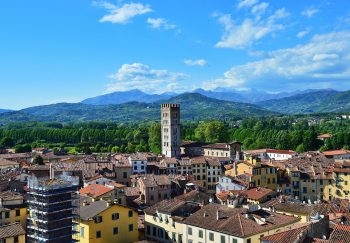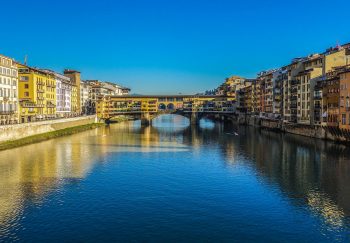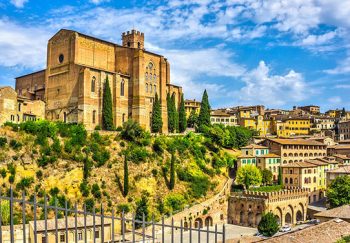As the holiday season is fast approaching, I thought I would share the recipe for Limoncello, one of my favourite DIY gifts from Italy. You can make this gift in time for the holidays if you start now.
Or you can keep it all to yourself. I won’t judge.
Limoncello, a strong and sweet Italian liqueur, is very popular. It is primarily made in the Italian south where high-quality citrus grow in abundance. It is great as an after-dinner beverage – I have been known to order it in place of dessert. It’s not something that most people would want to consume in large quantities.
As all of the Italians who have made homemade limoncello, the woman from Italy who gave me this recipe uses grain alcohol. However, some people prefer vodka (and in some states liquor stores are not allowed to sell it). You may find your mileage different if you make this recipe with vodka. I think it takes longer, but you can experiment to find what works for you.
This basic recipe can also be used with any other citrus. This recipe makes fine liqueur flavors from grapefruit, oranges, and limoncello. It’s only necessary to adjust the quantity of fruit according to its size.
Consider small decorative bottles to give limoncello as gifts. Sur La Table has them often, IKEA has larger ones if you feel generous, and there are plenty of choices online. Make sure the seal is tight so that it can be placed on its side in the freezer. I just keep the rest for myself and pour it back into an empty grain alcohol bottle.
(FYI: The photos below show me making a double batch. Don’t expect to get as many bottles out of a single batch, just the one in the recipe!
Lucia’s Limoncello
What you’ll need
- 1 750ml bottle grain alcohol
- 7-8 large lemons
- 5 cups of water
- 3 cups sugar
- Large container with lid
- vegetable peeler
How to make Limoncello at home
Wash all lemons thoroughly. The lemons used for limoncello should be organic and not have been sprayed. This is because you will be using the juice and not the peel for this recipe. I wash my lemons, even if they are organic. You can use produce rinses to remove any residue.
Use a vegetable peeler to remove all bright yellow lemon peels. When peeling, you want to make sure that the peels are as thin as possible. You want to avoid the white stuff as it can add bitterness to your final product.
The large container you will be using holds all the peels. It doesn’t matter if the jar is made of plastic or glass. However, it should be large enough to allow for vigorous shaking and a tight seal that won’t leak. You can put the date on the outside to show when you started the process.
Add the grain alcohol and the lemon peels to the jar.
Place the jar in a cool, dry place such as a cupboard. The jar will stay in this spot for one week. Every day, take the jar out and shake it vigorously. As the peels lose their color, the liquid’s color will change as you look at it more often.
After one week, heat the water and sugar together in a saucepan on the stove until they are completely dissolved. The liquid doesn’t need to be simmered, but it does need to be heated enough to dissolve the sugar so that it is clear once again. This is a type of simple syrup. Although it is not 1-to-1, I do say “kind of”, but you get the point. Oh, and I tried using that “raw” sugar once, which is the one that’s not fully white. The resulting limoncello tasted OK, but had a strange brown film. Now, I stick with white sugar.
Allow the sugar-water mixture to cool completely.
To catch the alcohol-lemons mixture, use a strainer.
Now comes the fun part. Combine the cool (and clear) sugar water mixture with the (mostly transparent) yellow alcohol. When the liquids are combined, they should form a milky-cloudy yellow color. It is a magical kind of alchemy that I always see.
Now you have your finished limoncello. All you need to do is pour it into the bottles that you are using and then add labels and bows.
My limoncello is kept in the freezer. It keeps the consistency thicker and more towards the syrup end of the liquid spectrum. This makes it more dessert-y. The ice cubes are in the last photo because I just finished the limoncello. I normally pour it straight from the freezer into a glass without any ice.
The homemade stuff will not last forever and eventually loses some of its sweetness, so it is a good idea to keep it in smaller bottles for gifts. I haven’t tried anything with the lemon peels that are still green. They’re brittle and hardened by alcohol so I don’t know what they could be used for. However, I have heard of people making candy out of them. However, I do squeeze the lemons and then freeze the juice.











